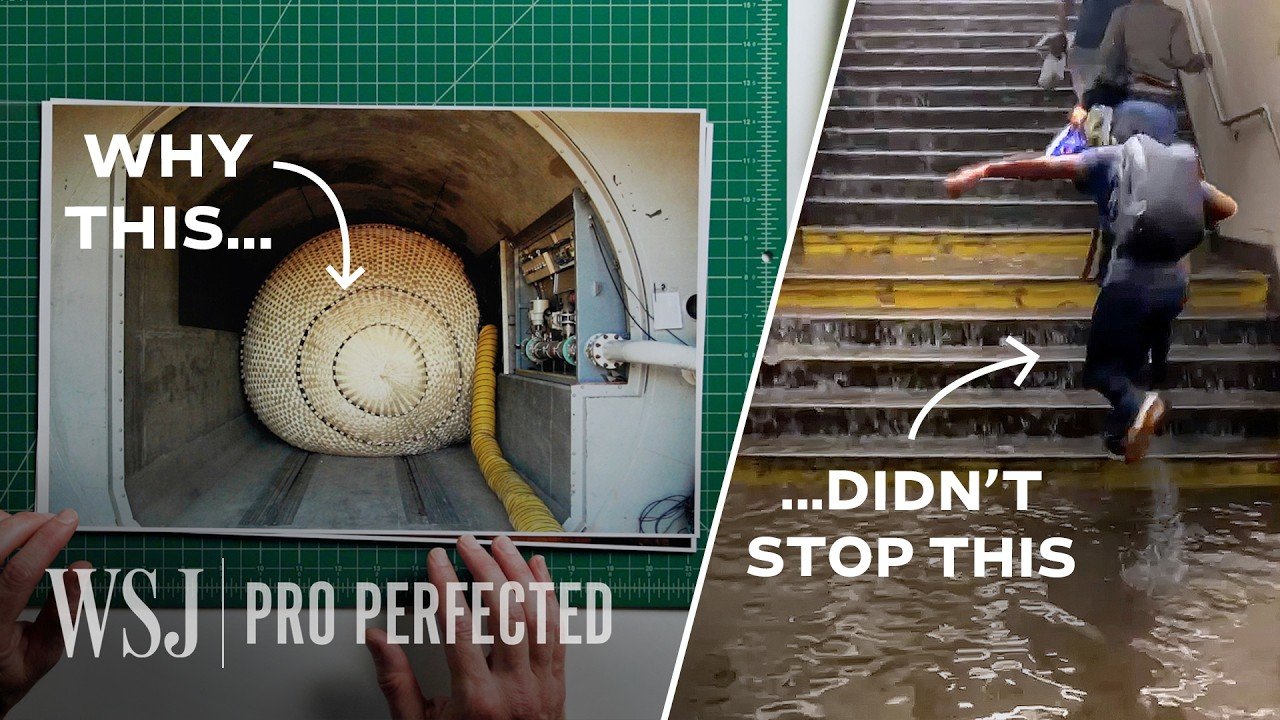Despite a $7.6 billion investment in hurricane-proofing measures after Hurricane Sandy, New York City’s subway system continues to struggle with flooding, not just from hurricanes but also from heavy rainfall and natural groundwater seepage. The Metropolitan Transit Authority (MTA) is now considering an additional $1 billion in flood mitigation efforts to protect the subway’s dense and old infrastructure, which serves 4 million daily riders. These efforts include deploying flood gates, raising station entrances, and installing mechanical closure devices on ventilation grates to manage both storm surges and rainwater flooding.
- The MTA spent about $7.6 billion on flood-proofing measures following Hurricane Sandy, yet the subway system still experiences flooding.
- Rainfall flooding poses a different kind of risk, leading to the exploration of a new set of measures costing up to an additional $1 billion.
- New York’s subway system, being old and densely populated, faces challenges in flood prevention, including its location on the coast and parts of its tunnel system being below the water table.
- The subway uses 254 pumps to remove 10 million gallons of groundwater daily, a task complicated by rising sea levels and the city’s coastal position.
- Post-Sandy investments included a range of fixes, like flood gates at 50 stations and mechanical closure devices on 2,230 ventilation grates, but these require manual deployment ahead of a storm.
- Tropical Storm Ida in 2021 revealed the limitations of storm surge protections against rainwater flooding, leading to $128 million in damages to the MTA system.
- The MTA is raising the entrances of numerous stations and implementing automatic closure devices in some areas as part of a passive flood protection system.
- An additional $6 billion on top of the initial $7.6 billion is being sought for comprehensive flood mitigation measures.
- Despite the extensive investments, the MTA acknowledges that completely stopping water ingress is not feasible; the strategy is to manage water entry and removal efficiently.
- The MTA faces a $16 billion budget shortfall with the cancellation of New York’s congestion charge plan, raising concerns about the future funding of flood management initiatives.
The Wall Street Journal is an American business and economic-focused international daily newspaper based in New York City. The Journal is published six days a week by Dow Jones & Company, a division of News Corp.
AllSides Media Bias Rating: Center
https://www.allsides.com/news-source/wall-street-journal-media-bias
Official website: https://www.wsj.com
Original video here.
This summary has been generated by AI.

Leave a Reply